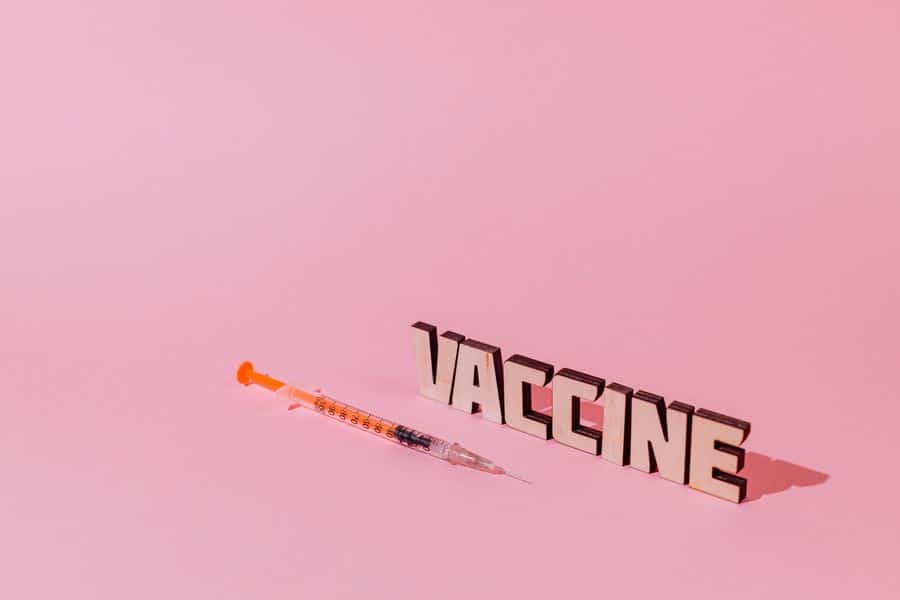Comment: Why Class III EU MDR compliance efforts provide a wake-up call
The spectre of EU MDR is looming large over the medical device industry in what is bound to be a continuous flow of new regulations coming down the pipeline for different types of medical devices in the coming years. Bob Tilling, VP Global Sales at Kallik, shares his experiences of working with Class III manufacturers to prepare for May 2021 – and highlights the need for Class II businesses to learn from mistakes made and not delay preparations to meet their own UDI labelling deadline in 2023.
Many manufacturers have learned harsh lessons in terms of the preparation and workload required to update their labelling and packaging to meet the end of May 2021 deadline for the new EU MDR requirements for Class III medical devices. Indeed, some manufacturers still run the risk of missing the date altogether.

Looking forward, Class II manufacturers – those supplying products including catheters, syringes and teeth implants etc – should have been watching these compliance developments closely with their 2023 deadline in mind.
The race for Class III compliance has exposed some key issues which Class II providers should focus on during their own EU MDR efforts.
Fail to prepare, prepare to fail
During my work on label and artwork management with numerous medical device customers, I have seen the full spectrum of attitudes towards the EU MDR shift. The challenge is two-fold.
Firstly, manufacturers must detail the scale of the impacted devices and the work required, and secondly, they must then set about physically changing their labelling and packaging. From my experience one thing is clear – those who start to prioritise and put in place a plan earlier on have fared better.
This is not a case of a simple internal review and enacting a few changes – failure to meet these new regulatory deadlines will cause significant business damage. From a financial perspective, non-compliant manufacturers will not be allowed to sell their products into the EU market, with some minor exceptions for critical supplies.
Non-compliant businesses could also be placed on a specific watchlist to be inspected and audited, impacting brand trust and even negatively influencing share price.
Class II manufacturers should act now to avoid being caught out. Two years may sound like ample planning time, but they need a full understanding of the task at hand and how to execute the required changes. Here are three key takeaways to learn from their Class III counterparts.
Added complexity means getting to grips with the scale of impacted devices
With Class II devices further sub-categorised into IIa and IIb devices – this only adds to the complexity and reach of the necessary EU MDR changes.
Businesses that are yet to begin their compliance process must initially try to identify how many impacted labels and artworks exist within their organisation. Many business leaders underestimate the quantity of assets, and this task will typically unearth siloed data, scattered labels and artworks that will instantly broaden the scale of the compliance work.
Manufacturers operating facilities and systems on a global level will find they must also contend with challenges such as individual phrase translations for each device into every applicable target market language. This adds a further level of complexity to label and packaging compliance tasks – the EU alone, for example, has 24 official languages, leading to further translation expense and the risk of ‘doubling up’ translations when considering both labels and IFUs need translations.
Businesses that grow through mergers and acquisitions will also see the complexity and scale of compliance tasks multiply, as product lines and further data silos are absorbed that require all the above tasks to be worked through from scratch.
Automation provides the silver bullet for speed, cost efficiency and accuracy
It has become clear that relying on manual work and processes to make the shift is not feasible. We have seen with the Class III deadline just two months away, many organisations are still battling to get their label and packaging operations up to standard.
The cost of hiring extra staff – or simply the operational cost of diverting existing capacity and finances – to complete repetitive tasks is slow, prohibitively expensive and introduces potential inaccuracies.
Automated label and artwork management solutions offer a modern, future-proof lifeline to help medical device manufacturers manage all assets from a centralised location hosted in the cloud.
Automation eliminates the need to manually search for, identify and edit assets to ensure compliance, with features such as artwork generation saving significant time and eliminating the need to involve costly third-party design agencies. Simply put, automation gets the task right first time, every time – there is little scope for human error to be introduced into the process.
Indeed, the most advanced providers of automated solutions are already exploring ways to streamline remaining bottlenecks such as de-duplication and translation checks by introducing advanced technology to further improve efficiency.
At Kallik for example, we’re already building strong academic partnerships to explore the application of AI for this purpose.
Future-proofing for further regulatory and business challenges
There will be continued major medical device regulatory changes in each of the next four years – so medical device manufacturers cannot afford to sit back and wait their turn to comply with each one individually.
Looking beyond further phasing in of MDR, UKCA marks must be placed on medical devices destined for the UK market from July 2023. Companies that find they barely scraped by to comply with a previous round of regulation will be hard-pressed to repeat the same manual processes for future regulation changes coming along.
Pandemic disruption is no excuse to kick the can down the road. The shift to remote operations and cloud-based solutions has been far smoother than expected, with in-house technical experts and external consultants both adapting to remote compliance tasks by using new software implementations to help them prove and maintain compliance.
Putting off the inevitable is no longer an option
With EU MDR and further regulatory change on the horizon, Class II medical device manufacturers can no longer keep their businesses compliant through manual labelling and artwork management updates.
Making the early switch to automated label and artwork management solutions not only significantly reduces the burden of future regulatory compliance on the manufacturer, it also provides a platform for other product changes and business growth.
With all labels and artwork housed in a centralised cloud-based environment there are no information silos and – from a compliance perspective – access, edits and audit trails can be tracked and monitored down to each individual asset.
Thankfully, Class II medical device manufacturers have two years to make the necessary move to automate their label and artwork management, but changes are not made overnight.
By laying the groundwork now, across the entire organisation, manufacturers can begin to devise a compliance strategy and let technology put those plans into action now, and into the future.



